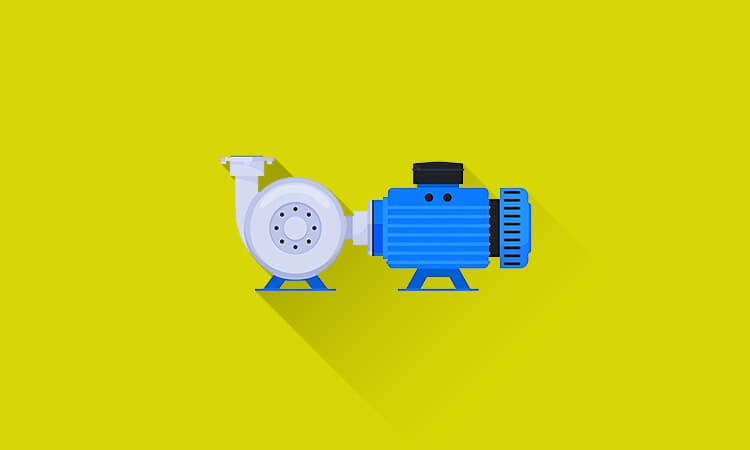What Is Priming of Pump? Why It Is Important?
What does priming of a centrifugal pump mean?
Priming of a pump refers to the process of filling the pump and piping system with liquid before starting the pump. The main purpose of priming is to eliminate any air pockets or vapour that may be present in the pump's casing, suction piping and a portion of delivery pipe up to delivery valve so that liquid is continuously in contact with the pump impeller. When the impeller is rotated, it can impart angular momentum to the filled liquid, creating a necessary pressure difference between the inlet and outlet of the pump, thus allowing liquid to be lifted. If a centrifugal pump is not primed before starting, air pockets inside the impeller cause vortices and result in flow discontinuity.
Priming is typically done by manually pouring liquid into the suction inlet or by using a separate device, such as a priming pump, to force liquid into the system. Once the pump is filled with liquid, it can be started, and it will draw liquid from the suction pipe and start pumping.
Most pumps require priming, but some don't. Priming is not required
a) when installing pump below the suction liquid line
b) when pump has a special arrangement for self-priming or Self-priming devices.
Why is priming of pump necessary?
Priming is important for several reasons:
- Priming is crucial because it ensures that the pump is able to function properly and efficiently.
- Priming prevents the pump impeller from becoming gas-bound and thus unable to pump the required liquid.
- Priming helps to prevent the pump from running dry, which can cause damage to the pump or the system and potentially be dangerous.
In summary, priming is important to protect the pump, improve its performance, and ensure the overall safety of the pumping system.



.jpg)